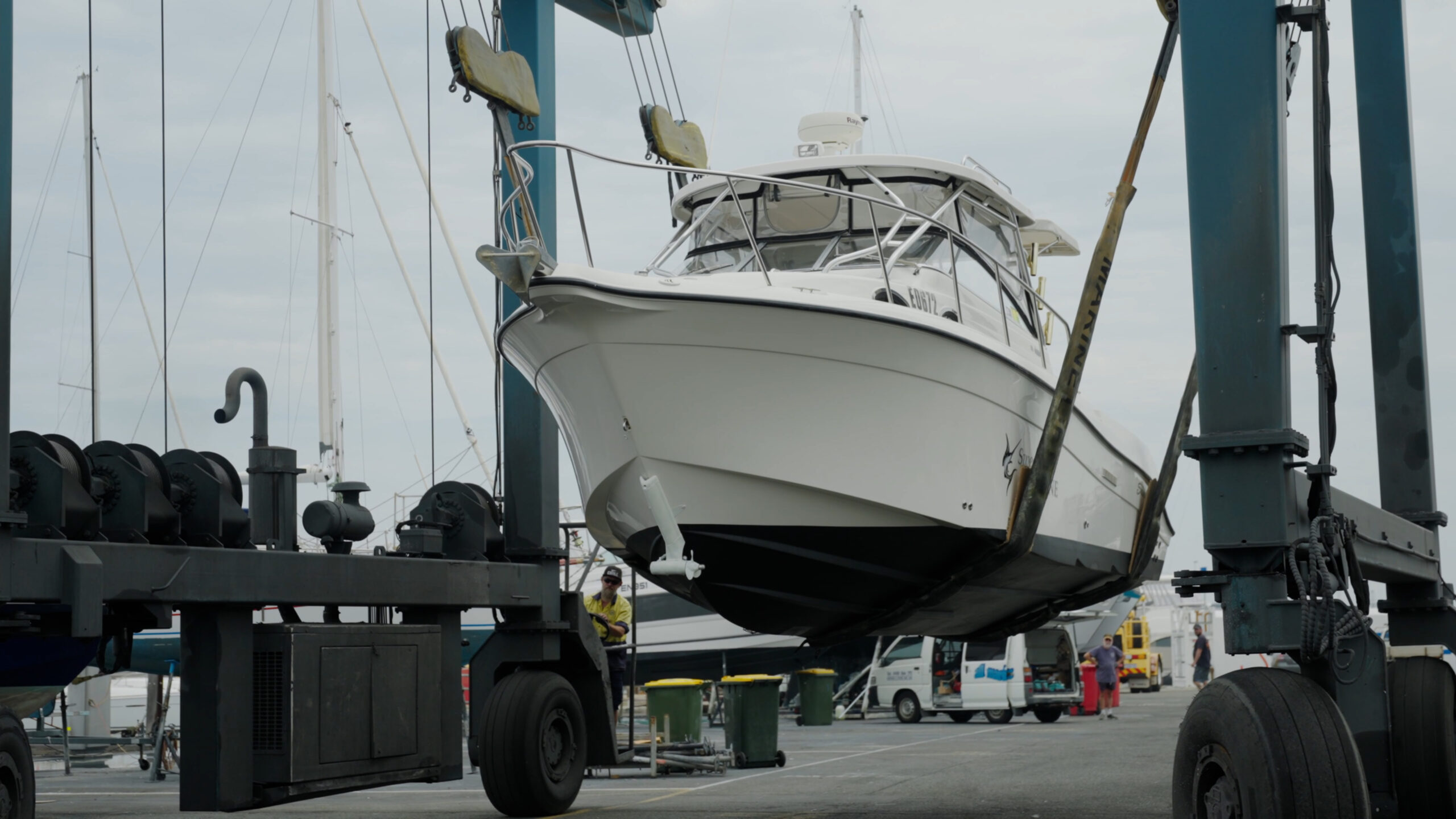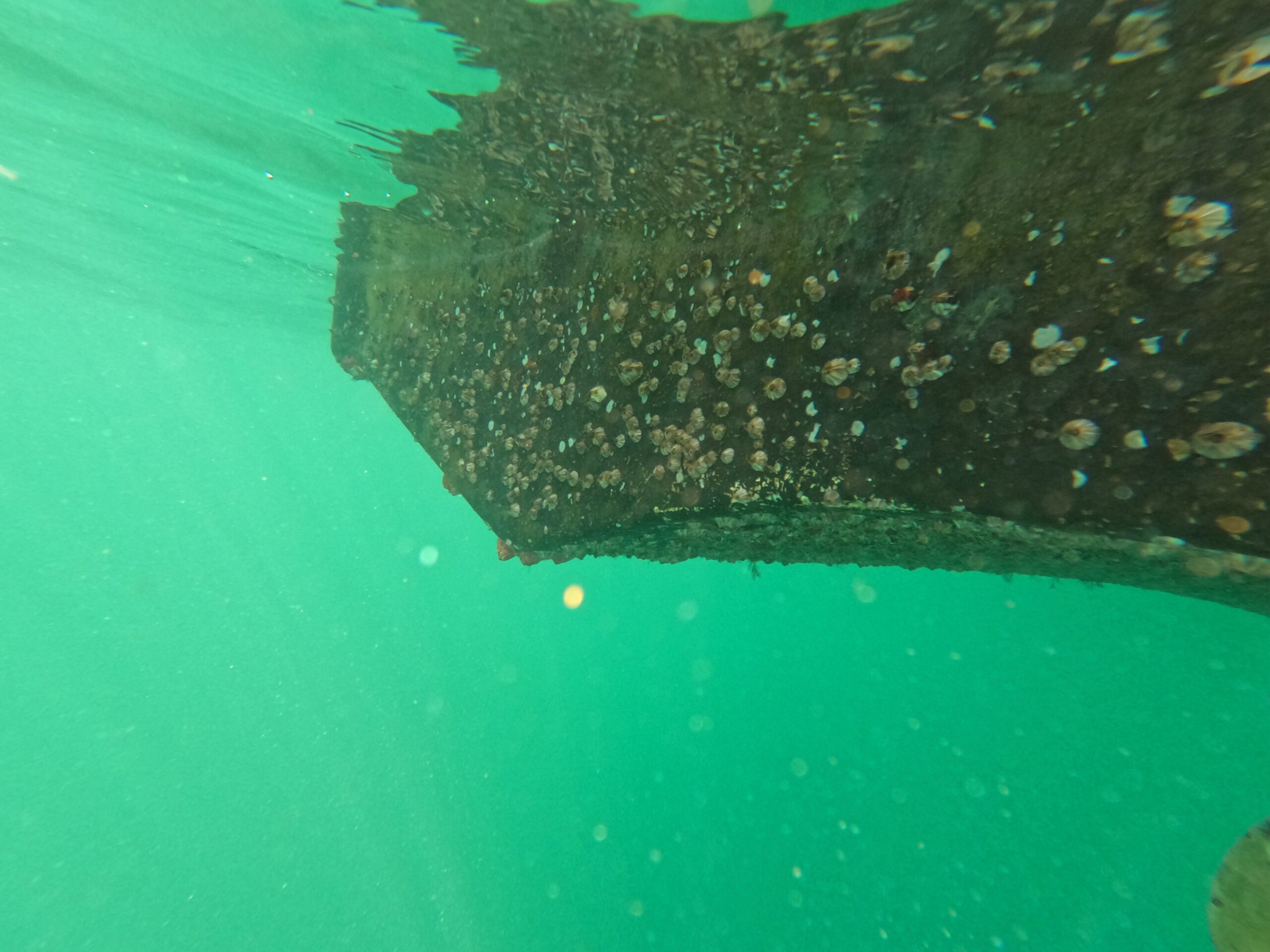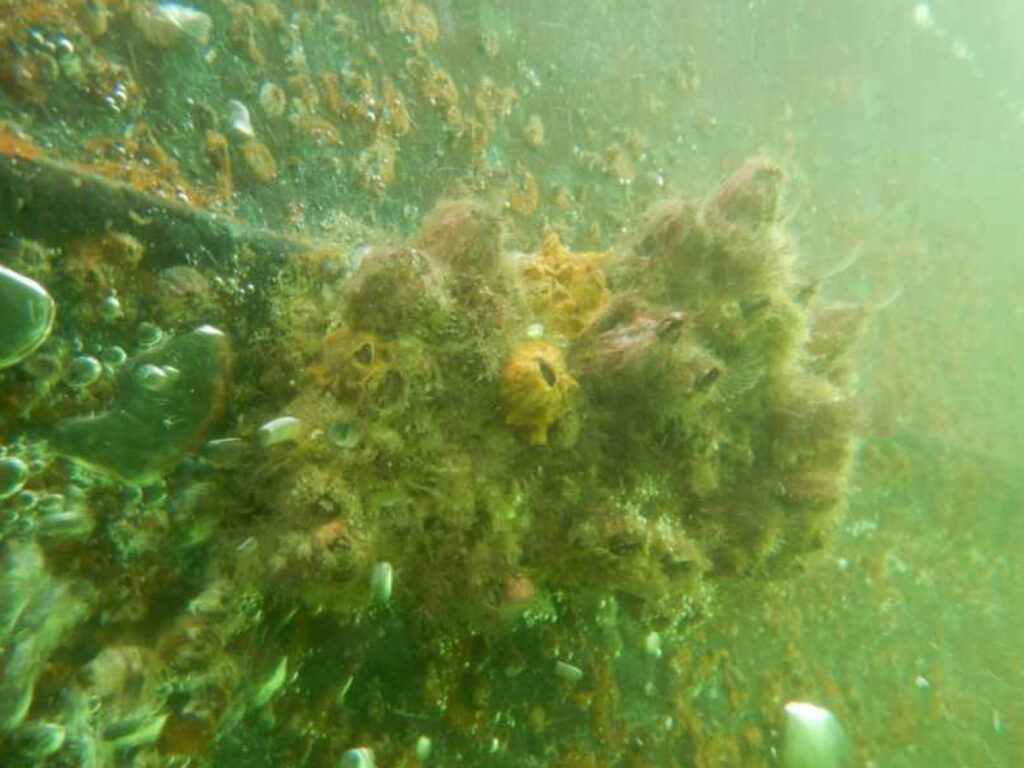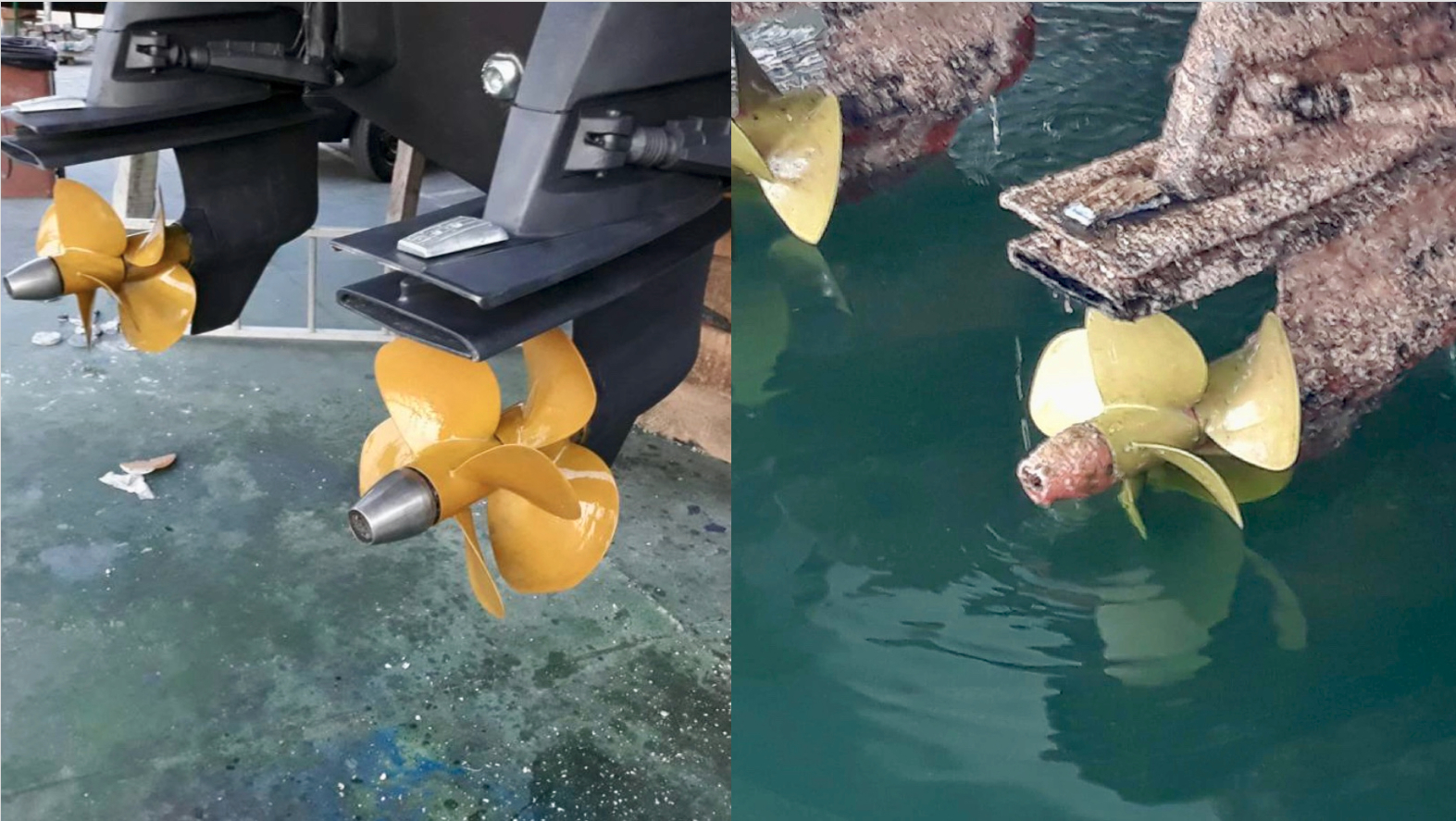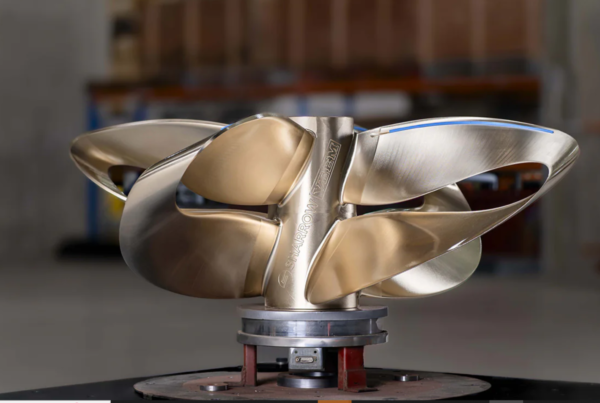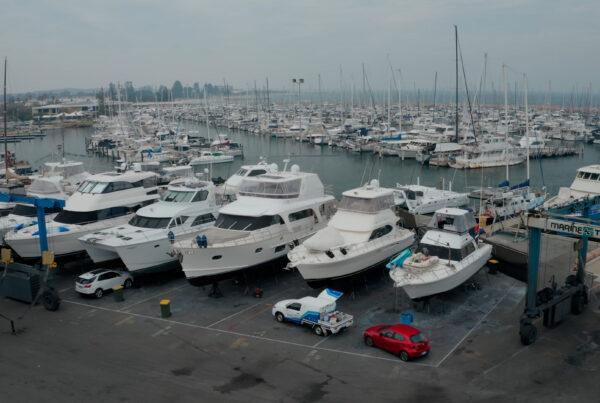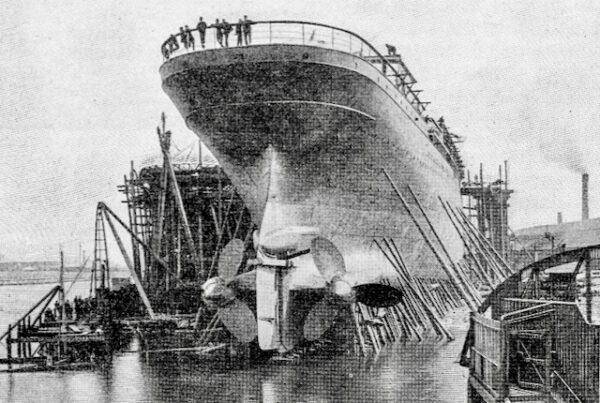Have you ever wondered why heavy rainfall results in abnormal growth on your boat, or why growth peaks out during the summer? While the formulations and application methods of coatings are crucial, they aren’t the only factors at play. Various environmental conditions can also significantly influence their overall performance.
In this latest blog, we will delve into some of the most common environmental challenges your boat might face and how these can affect your coatings. These coatings are essential for protecting underwater surfaces from the relentless attack of fouling organisms, as discussed in our previous articles. Understanding these factors and their impact on coating performance is key to keeping your vessel in top condition. Whether it’s battling barnacles or other marine growth, we’ve got the insights you need to keep your boat performing at its best.
Water temperature
One of the most common environmental factors that can impact the performance of antifouling paint protection is the water temperature. In warmer waters and climates, the growth and attachment of fouling organisms quickly accelerate, which means owners require a more robust antifouling solution to maintain their props. However, the higher water temperature can enhance the release rate of biocides in certain paints, improving their overall effectiveness.
In colder waters, the activity of these fouling organisms is decreased, which can prolong the efficacy of your antifouling coatings. That cooler water may also reduce the performance of paints formulated for warmer clients due to slower biocide release rates. However, with foul-release coatings their non-stick properties do not change with temperature. These kinds of protection are not reliant on the release of biocide, making them more suitable for different water temperatures. Understanding the specific temperature ranges of the water you are operating in will help ensure you can select the most suitable type of coating.
Salinity and fouling pressure
Another common environmental condition that impacts overall performance is the salinity and fouling pressure. Salinity levels can vary across different marine environments, which in turn influences the types of fouling organisms and their frequency. Generally, the higher the salinity levels of the water, the greater the fouling pressure. In these environments, a more potent antifouling strategy needs to be employed. Salinity can also impact the solubility and dispersion of biocides within the water column, which can affect their ability to deter fouling organisms. To overcome this, antifouling paints need to be tailored to withstand varying salinity levels to ensure that there is a consistent performance across a diverse range of marine habitats.
In areas where salinity levels fluctuate greatly, such as estuaries where fresh water meets seawater, the challenge becomes even greater. In these regions, antifouling paints need to be versatile in order to cope with both high and low salinity levels without compromising on their protective qualities. Just like in water temperatures, foul-release coatings are able to work across all salinities, including freshwater as they do not rely on releasing biocides to deter fouling.
Water flow and mechanical abrasion
The flow of water and mechanical abrasion also play an important role in the performance of antifouling paints. In areas where there is a high flow of water, it places a greater amount of abrasion on your mechanical parts, which can erode paint layers and diminish their efficacy.
However, stagnant and low-flow regions can also pose an issue. In these regions, debris and sediment are more likely to build up, creating favourable conditions for fouling growth. That means tailoring the antifouling paint for your usage is vital to maintaining a consistent performance level.
For vessels operating in high-speed conditions, the antifouling paint will need to be particularly resistant to mechanical wear. However, slower boats or static structures like docks and buoys will need paint that can prevent sediment from accumulating.
High speed conditions favour foul-release coatings as this aids in the dislodgement and release of any fouling organisms that have attached to the coating. However, low-flow regions can aid in growth build-up on foul-release coatings, which can then become more difficult to remove.
Pollution and biofouling resistance
Finally, another major contributing factor to the performance of antifouling paint is the levels of pollution and biofouling resistance. Environmental pollution, such as nutrient runoff or industrial discharge, can greatly increase biofouling by encouraging the growth of fouling organisms. Antifouling paints will need to be able to contend with these conditions, providing ship owners with enhanced resistance.
Pollution can also interfere with the performance of your antifouling coating by altering the chemical composition, inhibiting the release of biocides. That is why it is vital that you are using robust paints with high pollution resistance to ensure long-term results in increasingly contaminated marine environments.
Foul-release paints are made from Silicon polymers so are very chemical resistant. The impacts of pollution on foul-release coatings are not fully known however the fact they do not rely on chemical reactions to release biocides along with the aforementioned resistance it is assumed they will keep on performing in polluted waters.
Protecting your vessel with PropOne
The overall performance of antifouling paint depends on a huge array of factors, and environmental conditions play a major role in this. Understanding and accounting for these dynamic conditions can help you to protect your boat and maximise performance.
Fouling challenges can vary throughout the year, with water temperature and conditions changing throughout. If you want to have confidence all-year round, make sure you use PropOne to protect your running gear
